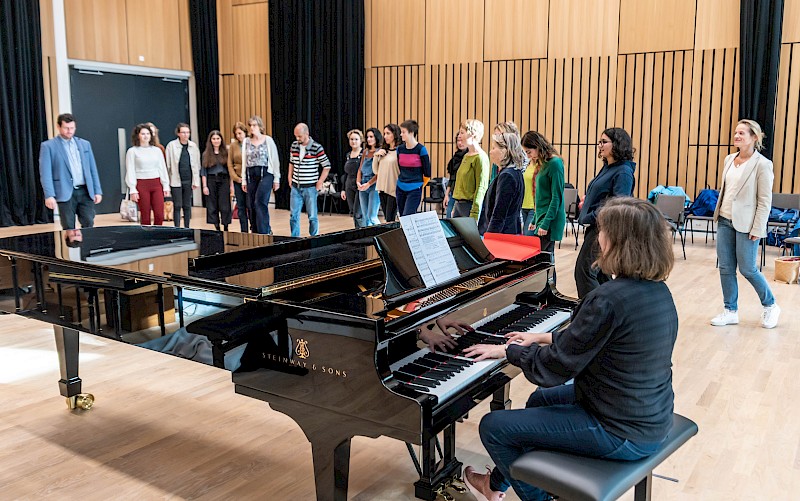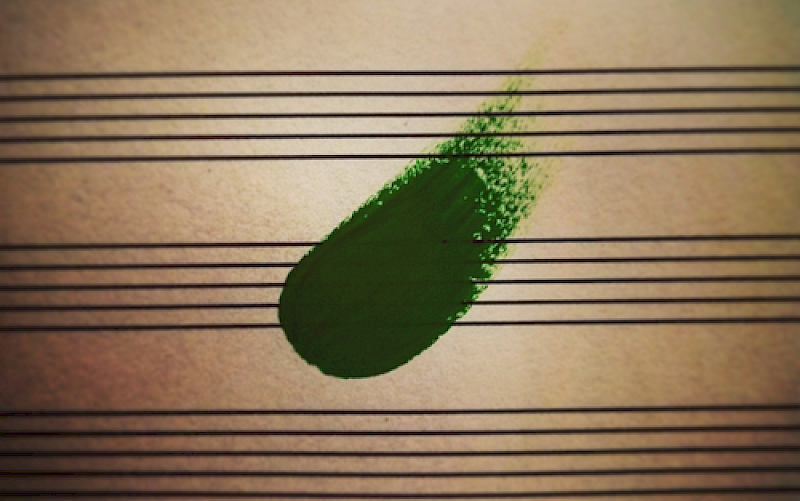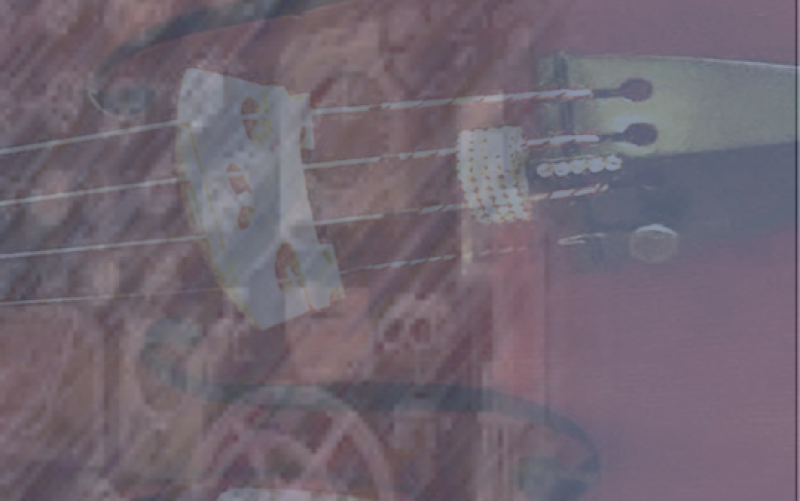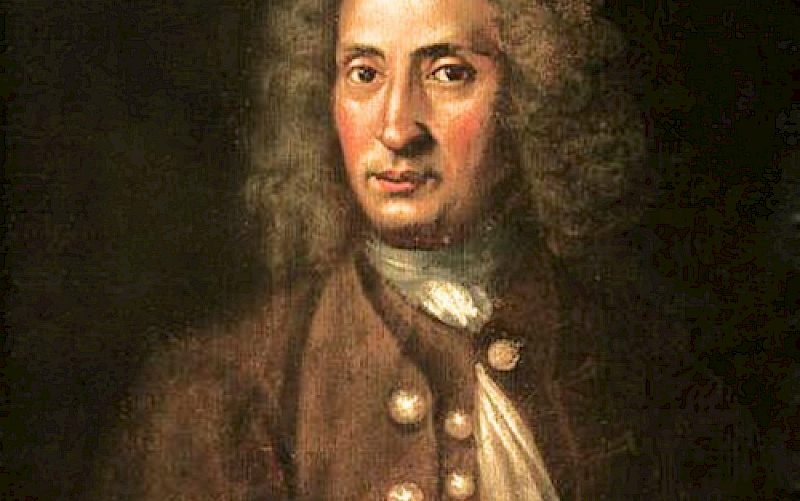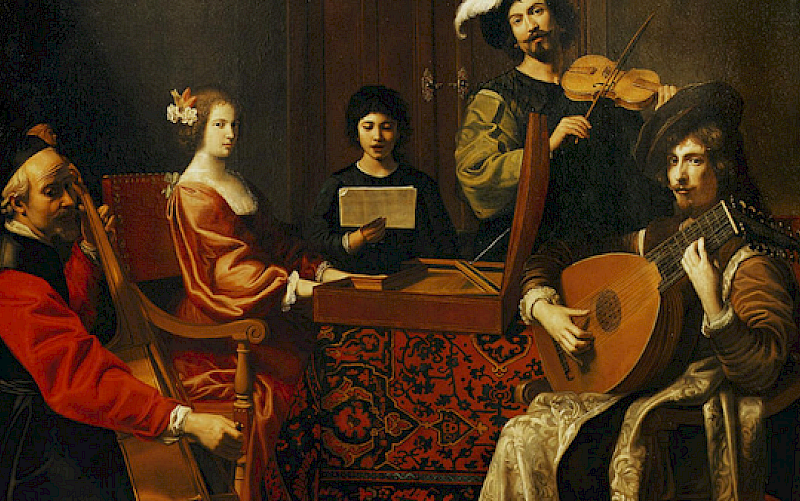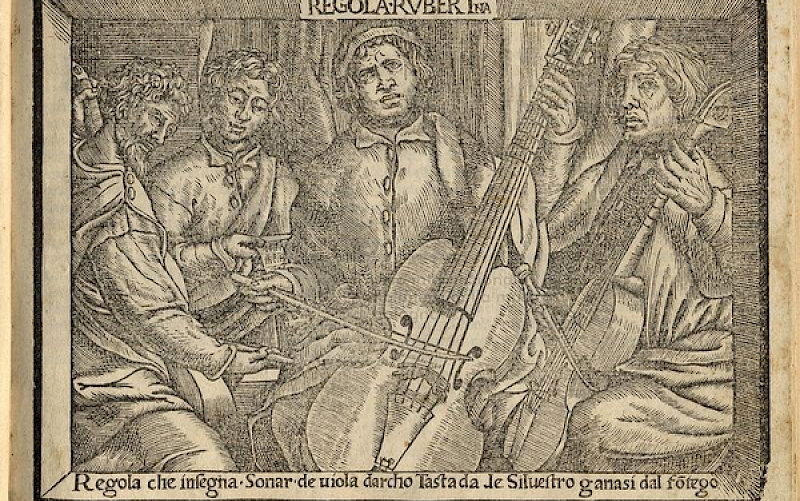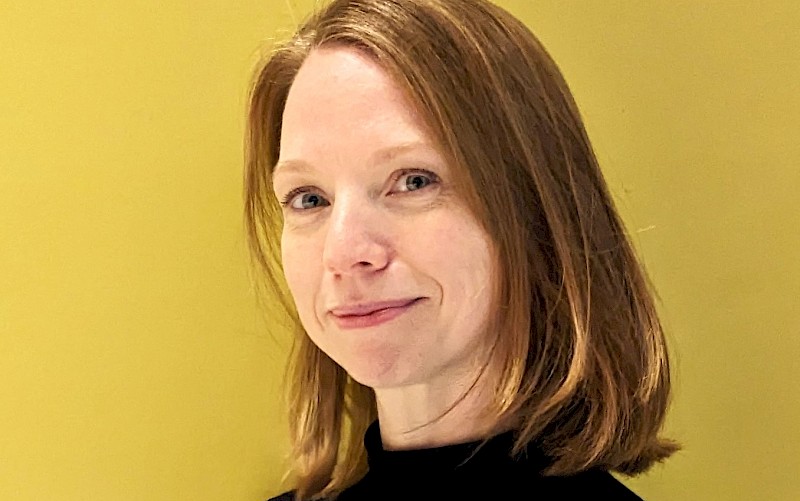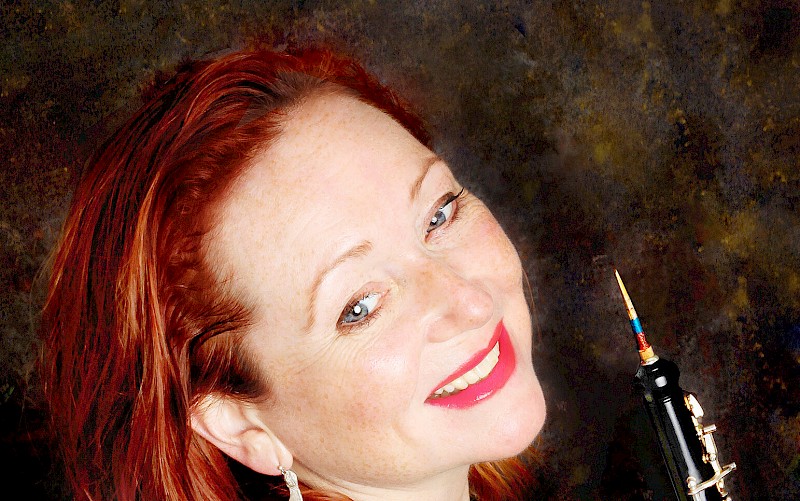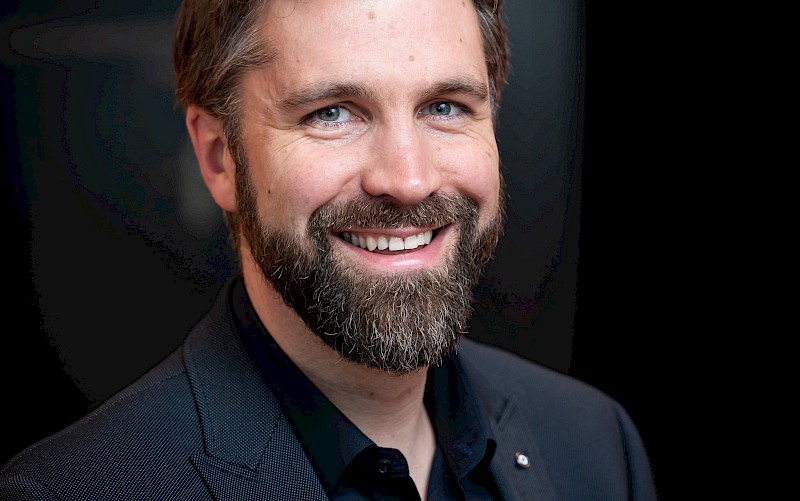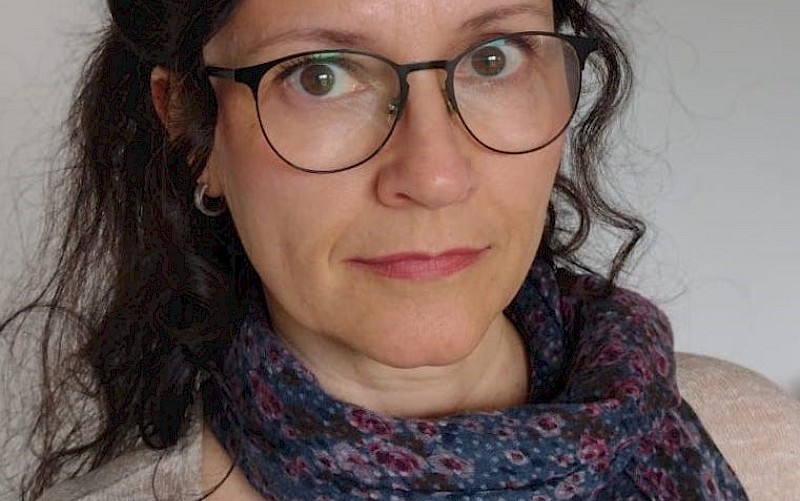Theory in Practice – Analysing Music Theory
Most conservatoire students would agree that music theory is a valuable element in their professional music education. However, in many conservatoires worldwide, both students and faculty alike often feel a long-lived desire to better align music theory subjects to the world of the instrumental and vocal students. In 2012, the music theory curriculum for bachelor students in classical music was radically changed in order to achieve just that. The changes were supported by experiences from within the theory department, discussions with students, and the influence of teachers specializing in Kodály-based musicianship training, or improvisation. This research project looks back at these changes to reflect on what happened, at what is still happening, and aims to explain the underlying principles of the new music theory curriculum. The major shift that took place has replaced analysis at the centre of music theory education by aural skills development. The reasoning behind this was that, within a practice-based music theory approach, sound could be seen as the connecting element between theory and the practical musical reality of a conservatoire student. The compulsory theory subjects changed from Analysis, Harmony and Solfege, to Aural Skills & Analysis, Aural Skills & Improvisation, and Keyboard Skills & Harmony – deliberately putting an emphasis on the development of skills rather than approaching topics from a more theoretical starting point. A few years into this new curriculum we felt the need to find a more thorough theoretical underpinning for this development. The main aim was to get a better understanding of which processes concerning the development of musical literacy actually take place in a music theory lesson – or any music lesson for that matter. With our own live-size case study as a starting point, would it be possible to find supporting data in existing literature? Or would we find mostly arguments that would invalidate our ideas? In works by Mainwaring and De Vree, as well as in articles by (a.o.) McPherson and Graybill we found models that we recognized as being a fundament for our approach. These can be connected to our model, which can be used to show connections between ‘musical elements’ – or ‘entrances’ into musical situations and phenomena. This research project does not mean to give a final solution for the position of music theory subjects in a music curriculum. What it does provide is a model that can be used in several ways: as a framework for teachers to develop and evaluate lessons or the content of complete subjects; in communication with students explaining the relevance of certain ‘theoretical’ activities; by students, to keep track of their own development, and in communication with management and non-theory faculty, to be able to show the place of music theory in the big picture.
Author: Suzanne Konings

